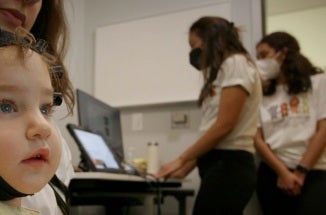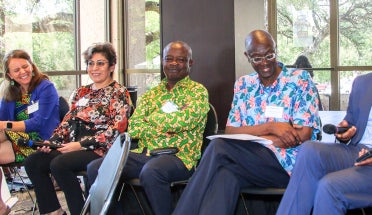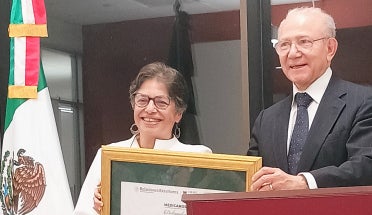
Human Development Professor Studies How Bilingual Children Learn
- Dec 1, 2022
A curly-headed cherub in a yellow dress is the star of the show. Today, apart from snacking and playing, two-year-old Lena will advance the research of Assistant Human Development Professor Maria Arredondo.
Arredondo runs the Child Learning and Development Studies Lab at The University of Texas at Austin, where she explores how bilingualism affects the ways in which children learn multiple languages, as well as how those skills involved transfer to other kinds of learning.
Her interest in the subject stems from her own experience with learning English after moving from Argentina to the United States at age 12.
“I found it very interesting how my parents and older sister struggled to learn a new language,” Arredondo says. “But my younger brother had a really easy time. And so, I wondered, why do some people struggle, and some people seem to find it very easy?”
One hypothesis is that bilingual children excel at higher cognitive functions like memory, inhibitory control and attention. This suggests bilingual children may be better at learning all kinds of things, though experiments testing the theory so far have produced mixed results.
Lena lives in a household where only English is spoken. The cap on her head uses infrared light to map brain activity in real time. It’s part of a technique called functional near infrared spectroscopy (fNIRS), which measures oxygenation levels in brain regions when engaged.
Combining brain activity patterns from monolingual learners like Lena and bilingual learners can reveal differences in how they carry out higher cognitive functions like memory tests. Taken together with this information, Arredondo's findings suggest code-switching between languages at home might sharpen bilinguals’ attention and boost learning.
"These papers show that bilinguals’ brains and ability in attention are adapting to their environment and improving over time," Arredondo says. "It's possible this code-switching environment is making them better at learning, but we don't fully know that from this data. It's all correlational."



